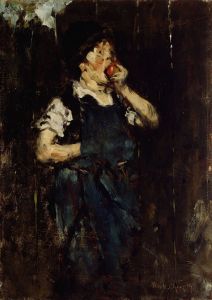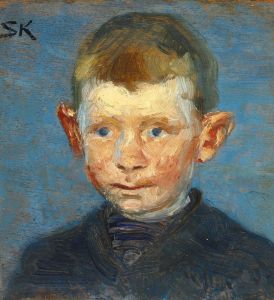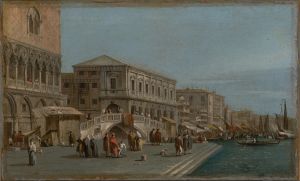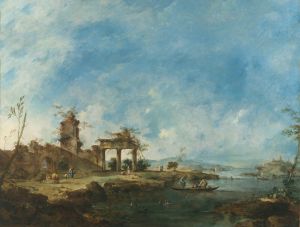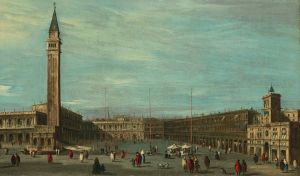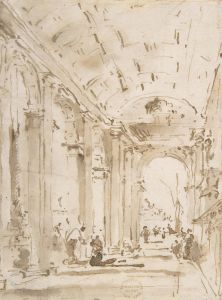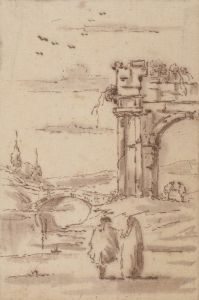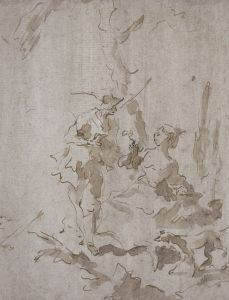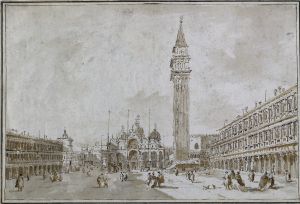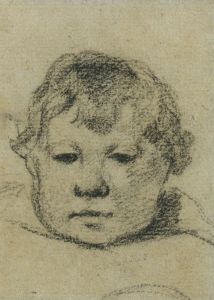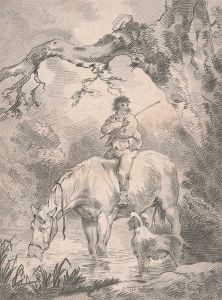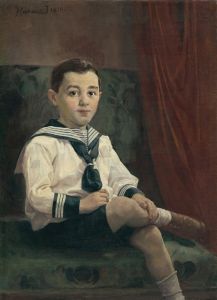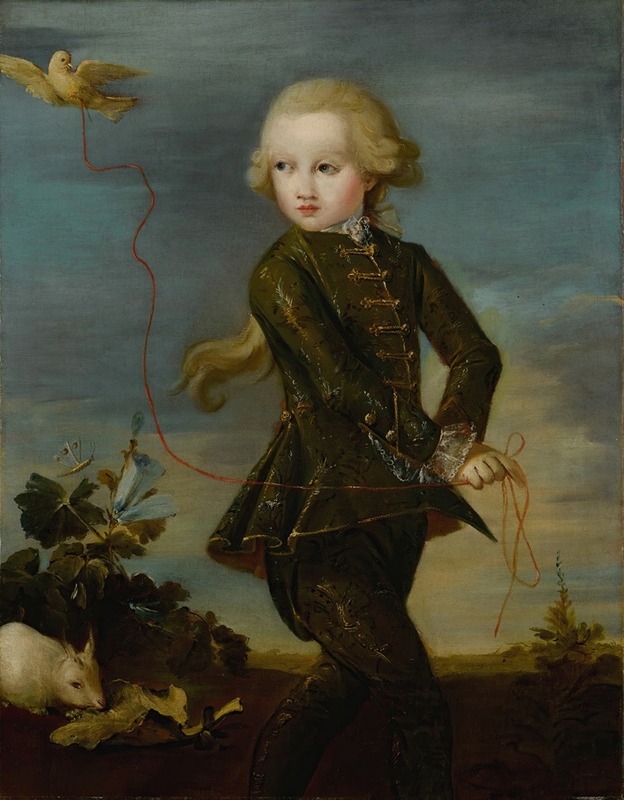
Portrait of a boy of the Gradenigo family, possibly Ferigo
A hand-painted replica of Francesco Guardi’s masterpiece Portrait of a boy of the Gradenigo family, possibly Ferigo, meticulously crafted by professional artists to capture the true essence of the original. Each piece is created with museum-quality canvas and rare mineral pigments, carefully painted by experienced artists with delicate brushstrokes and rich, layered colors to perfectly recreate the texture of the original artwork. Unlike machine-printed reproductions, this hand-painted version brings the painting to life, infused with the artist’s emotions and skill in every stroke. Whether for personal collection or home decoration, it instantly elevates the artistic atmosphere of any space.
Francesco Guardi (1712–1793) was an Italian painter of the Venetian School, renowned for his vedute (view paintings) and capricci (architectural fantasies). While primarily celebrated for his depictions of Venice, Guardi also produced a number of portraits, though these are less prominent in his oeuvre. One such work attributed to him is Portrait of a Boy of the Gradenigo Family, Possibly Ferigo.
This painting is believed to depict a young member of the Gradenigo family, a prominent Venetian noble lineage. The Gradenigo family played a significant role in the political and social life of the Venetian Republic, with several members serving as doges, senators, and other high-ranking officials. The identity of the boy in the portrait is not definitively established, but the title suggests he may be Ferigo Gradenigo, though no concrete historical records confirm this attribution.
The portrait showcases Guardi's skill in capturing the delicate features and youthful expression of the sitter. The boy is depicted in fine clothing, indicative of his noble status, with attention to detail in the rendering of textures and fabrics. The background is relatively simple, drawing focus to the subject and emphasizing his aristocratic bearing. This work reflects the influence of Venetian portraiture traditions, which often highlighted the wealth and social standing of the sitter.
Unlike Guardi's more famous vedute, this portrait is more intimate in scale and purpose, likely commissioned by the Gradenigo family to commemorate the boy's youth or mark a significant occasion. The painting is an example of Guardi's versatility as an artist, demonstrating his ability to work beyond the architectural and landscape themes for which he is best known.
The current location of the painting is not widely documented, and its provenance remains unclear. It is not among Guardi's most studied works, and as such, detailed scholarly analysis of the piece is limited. However, it remains a testament to Guardi's artistic range and his connection to the Venetian aristocracy.
This portrait provides a glimpse into the cultural and familial traditions of 18th-century Venice, where portraiture served as a means of preserving legacy and asserting social identity. While it may not hold the same renown as Guardi's cityscapes, it contributes to the broader understanding of his artistic contributions and the context in which he worked.





